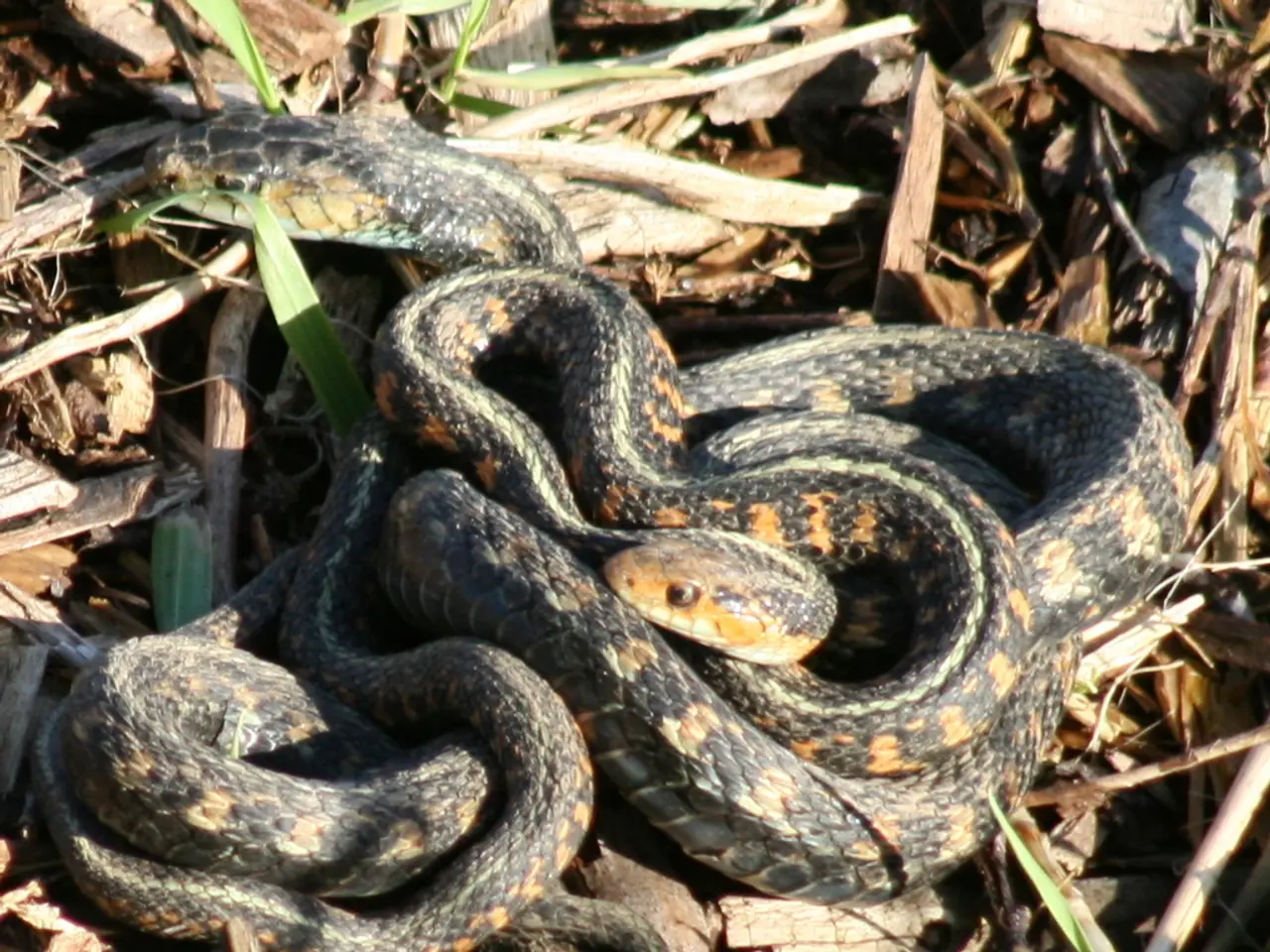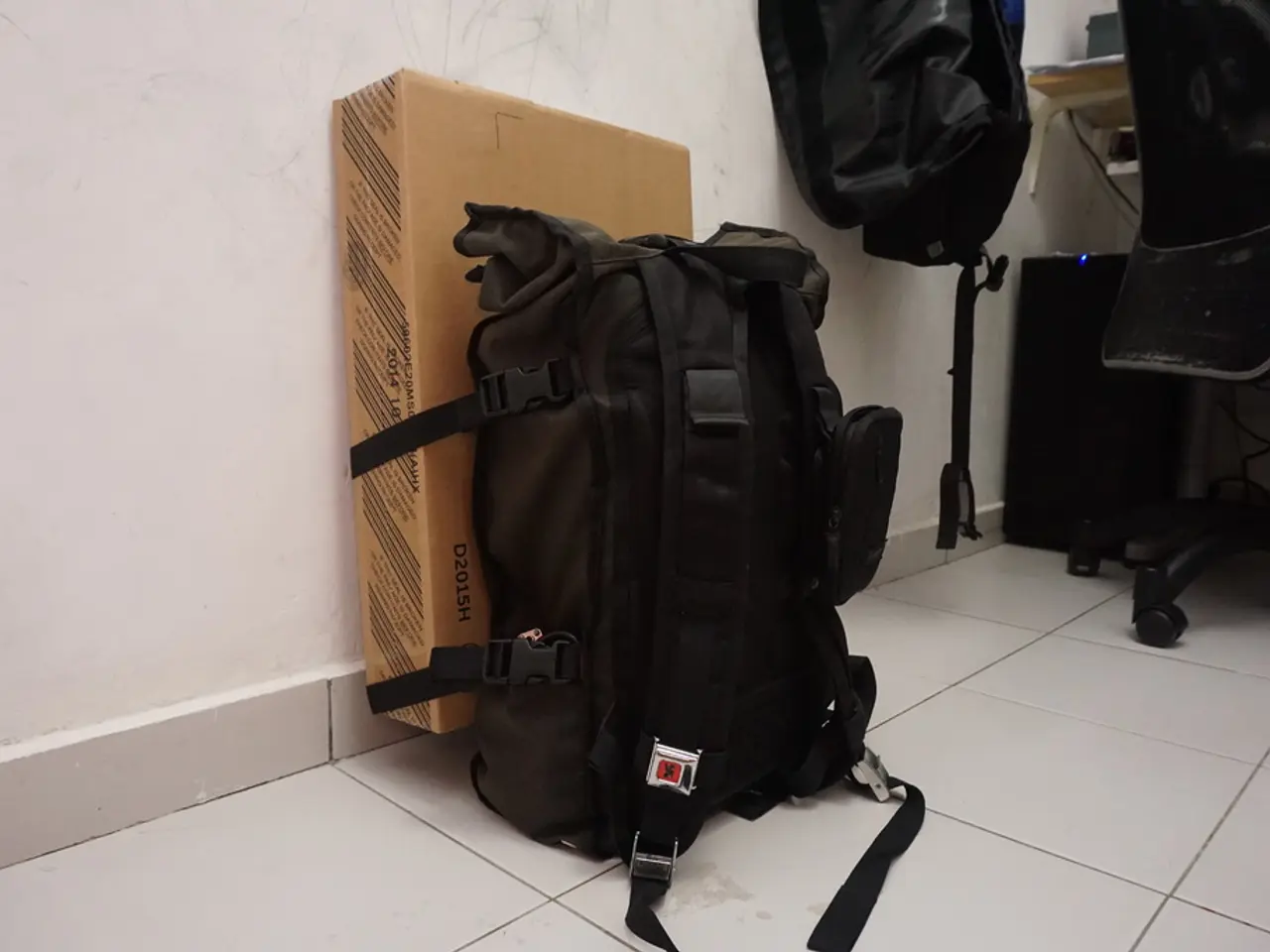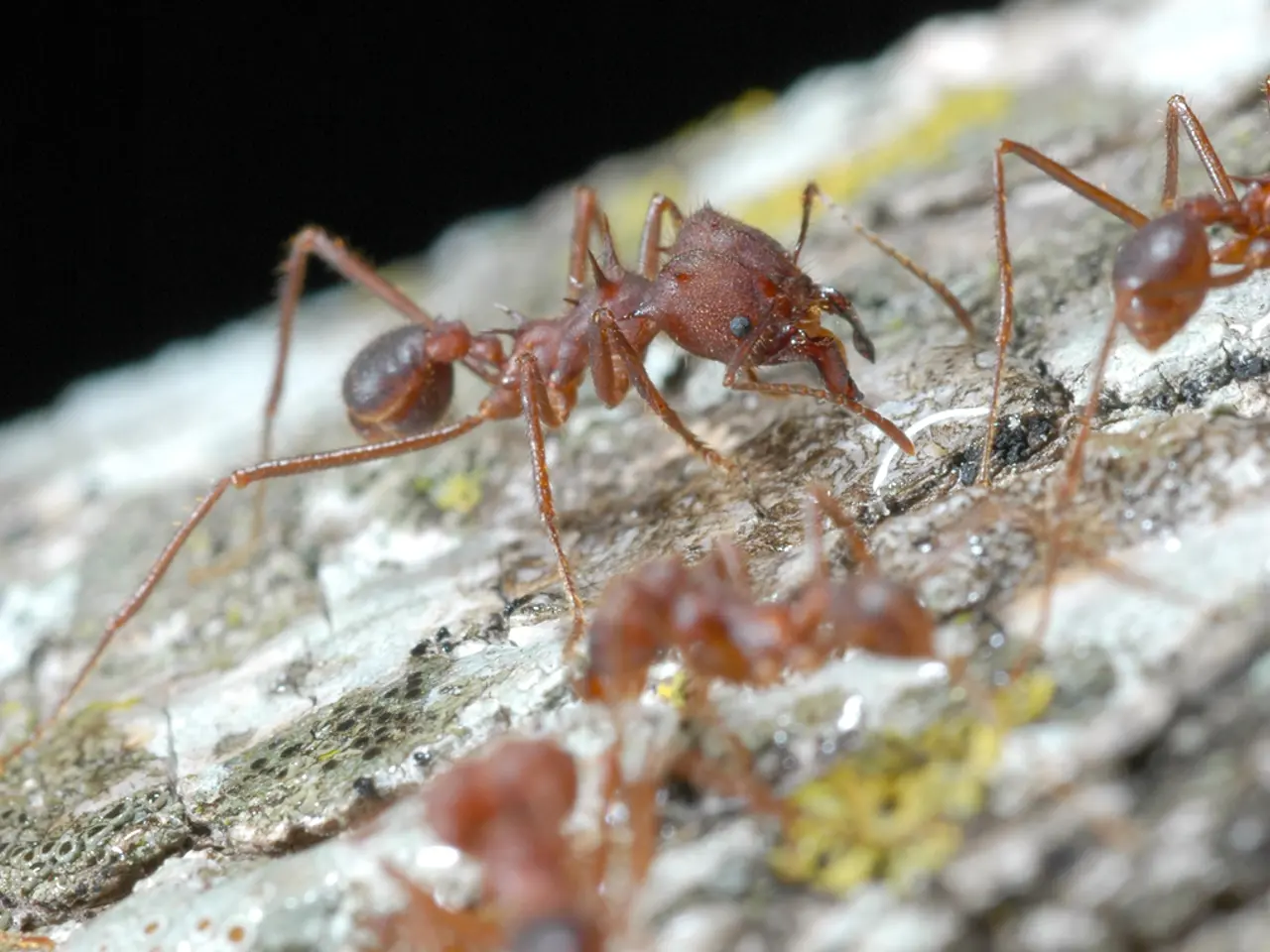Unusual Aquatic Spirits Beneath Texas: Investigating the Strange Creatures in Subterranean Ecosystems
Texas' Underground Aquatic Treasures: The Austin Blind Salamander, Toothless Blindcat, and Widemouth Blindcat
In the heart of Central Texas lies a hidden world, home to three unique and fascinating aquatic species: the Austin Blind Salamander, the Toothless Blindcat, and the Widemouth Blindcat. These creatures, adapted to live in the underground aquifers, particularly the Edwards Aquifer system, have evolved remarkable adaptations to survive in their dark, low-nutrient environment.
The Aquatic Adaptations
The Austin Blind Salamander, a neotenic, lungless salamander, retains external gills throughout its life and depends entirely on the Edwards Aquifer for habitat. It spends its life in subsurface waters, often within spring systems like Barton Springs in the Austin area.
The Toothless Blindcat and Widemouth Blindcat are types of subterranean catfish. They have evolved to live in the nutrient-poor groundwater systems, possessing traits such as blindness and specialized mouths.
Life in the Texas Aquifers
These species inhabit the Edwards Aquifer and associated spring systems, which provide stable temperatures, oxygenated water, and necessary nutrients carried from recharge zones. Their adaptations to the dark, such as loss of eyesight and pigmentation, reduce energy expenditure and enhance survival in an environment where light and food are scarce.
Indicators of Spring and Aquifer Health
These species serve as indicators of the groundwater ecosystem's quality and stability. As endemic, specialized animals reliant on clean, stable groundwater, declines or changes in their population signal potential problems like contamination, water overuse, or habitat degradation. Protecting their critical habitat indirectly protects the aquifer's water quality and springs, which are essential for both ecological and human use.
Conservation Efforts
Volunteering for or donating to organisations like Defenders of Wildlife can help save these aquatic creatures and their habitats. The Widemouth Blindcat, known as the "Prince of Darkness," lives more than 900 feet underground and feeds on fine organic debris and tiny invertebrates that drift through groundwater. The Austin Blind Salamander primarily lives in the Edwards Aquifer beneath Austin, but can be found at spring outlets at Barton Springs.
These aquatic creatures, including the Austin Blind Salamander, Toothless Blindcat, and Widemouth Blindcat, are considered Texas Treasures and rely on clean water for survival. Overuse and pollution threaten the water sources that these aquatic creatures depend on. Education about these aquatic creatures can increase awareness and advocacy for their conservation. The Texas Hill Country's drought conditions can heavily influence the populations of aquatic creatures like the Widemouth Blindcat.
References:
- National Park Service. (n.d.). Edwards Aquifer. Retrieved from https://www.nps.gov/sa/learn/nature/edwards-aquifer.htm
- Texas Parks and Wildlife Department. (n.d.). Austin Blind Salamander. Retrieved from https://tpwd.texas.gov/publications/pwdpubs/print/pwd05002/pwd_05002.pwdpubs.pdf
- Texas Parks and Wildlife Department. (n.d.). Barton Springs. Retrieved from https://tpwd.texas.gov/state-parks/barton-springs
- Texas Parks and Wildlife Department. (n.d.). Toothless Blindcat. Retrieved from https://tpwd.texas.gov/publications/pwdpubs/print/pwd05003/pwd_05003.pwdpubs.pdf
- Defenders of Wildlife. (n.d.). Edwards Aquifer. Retrieved from https://defenders.org/wildlife/edwards-aquifer/
- Engaging in science, particularly environmental science, reveals the aquatic life of Central Texas, with unique species like the Austin Blind Salamander, Toothless Blindcat, and Widemouth Blindcat thriving in the Edwards Aquifer system.
- In the realm of health-and-wellness and lifestyle, understanding these aquatic creatures' adaptations to the underground aquifers can inspire personal growth and an appreciation for sustainable living.
- Fitness-and-exercise enthusiasts might find motivation in the resilience of these aquatic species, adapted to their nutrient-poor environments and exhibiting unique fitness traits, such as the Toothless Blindcat's specialized mouth.
- For those interested in education-and-self-development and home-and-garden, learning about these species' habitats, like the Barton Springs spring system in Austin, can foster a greater knowledge and commitment to conservation efforts in these ecosystems.
- The environmental implications of these aquatic creatures extend to issues such as water conservation and protection, moving beyond the realm of biological science to broader considerations of the best practices for home-and-garden and sustainable-living.




